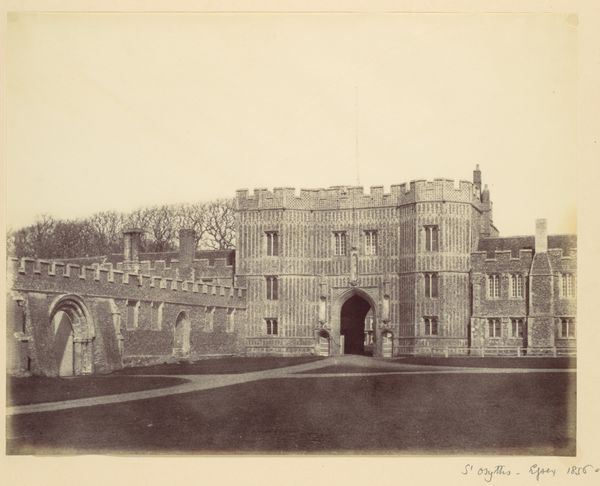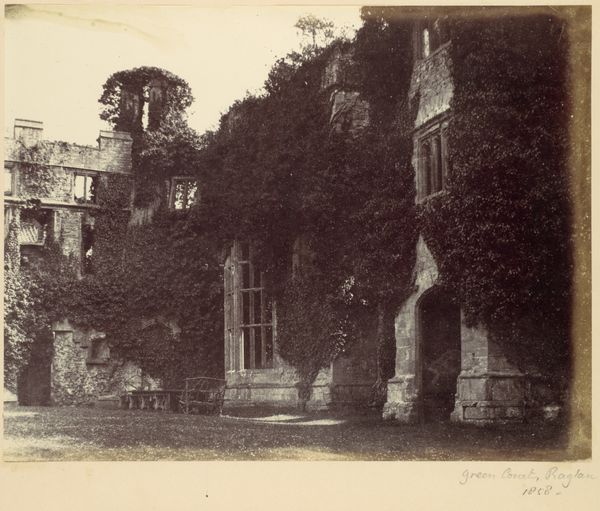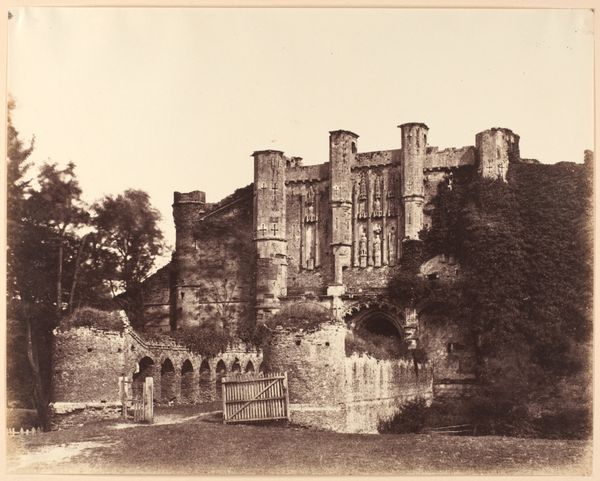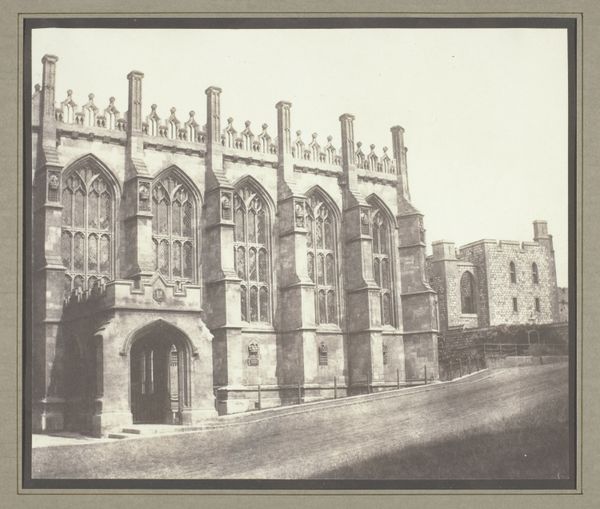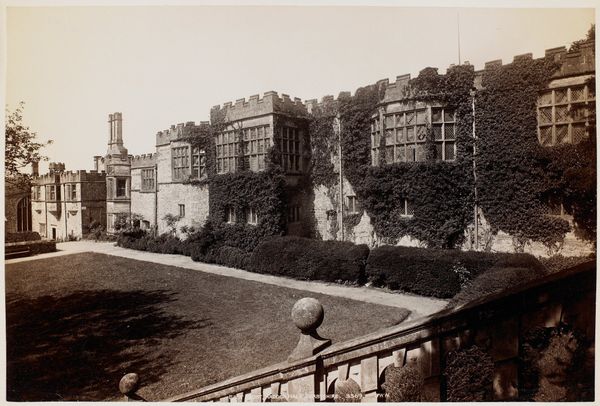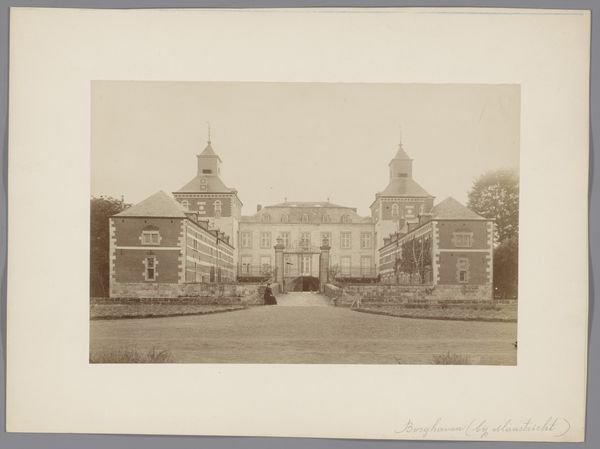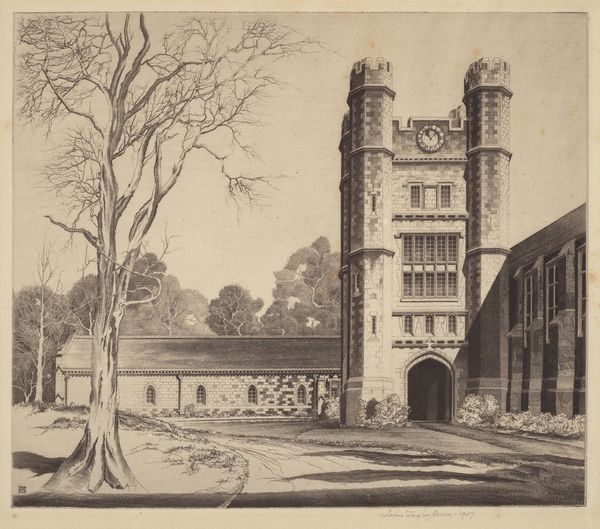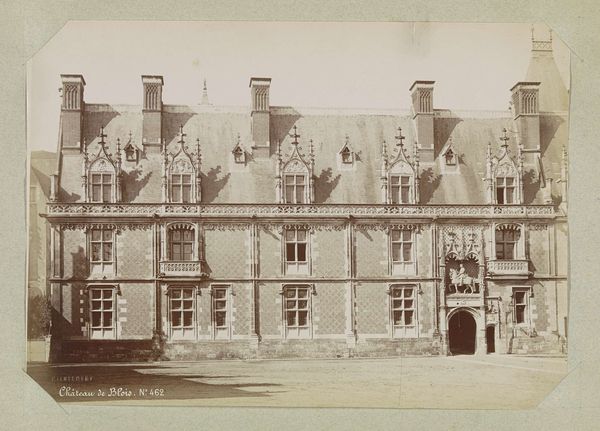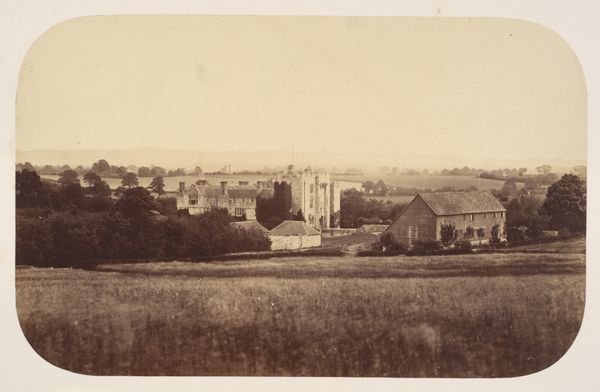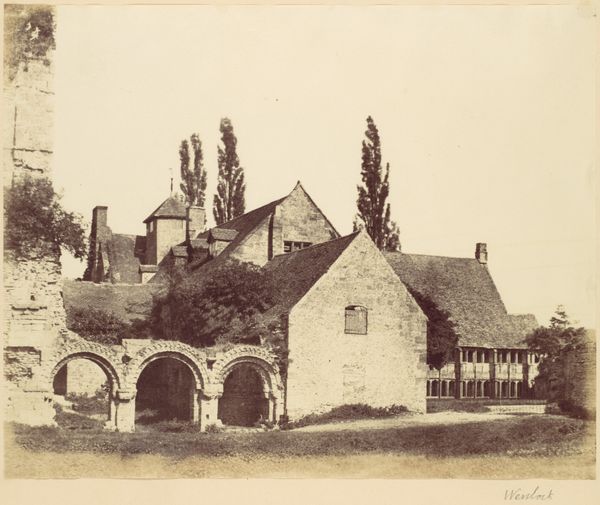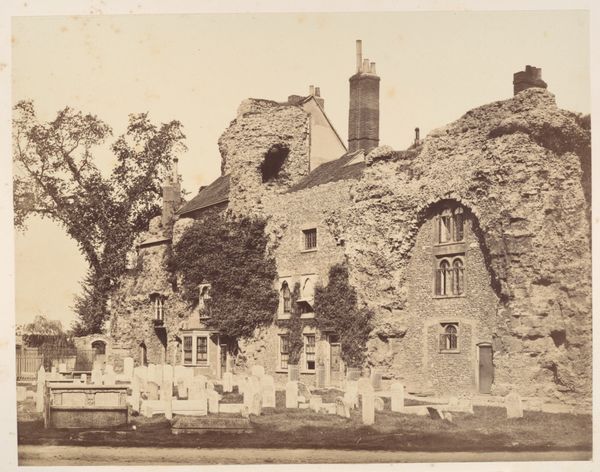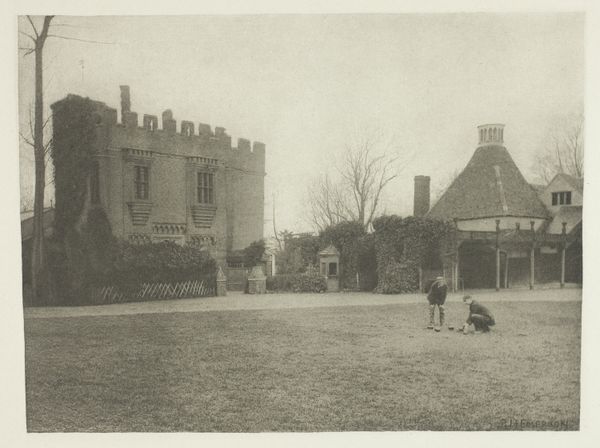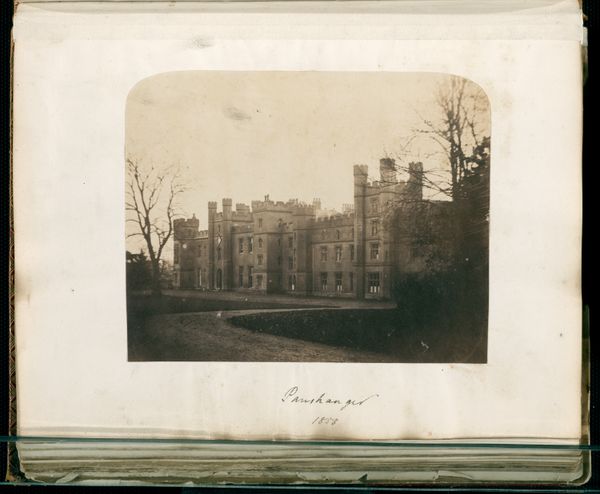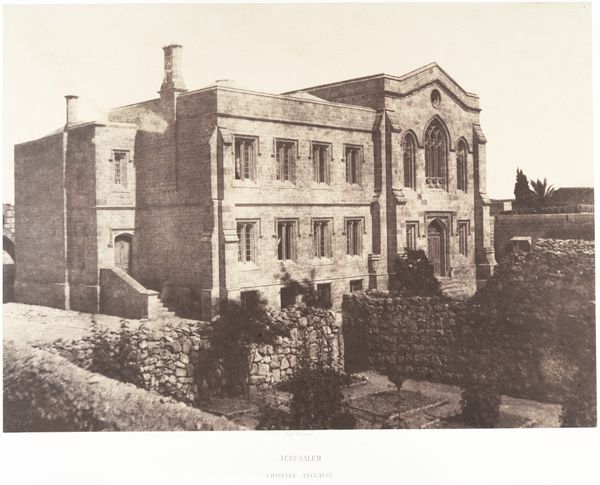
daguerreotype, photography, albumen-print, architecture
#
landscape
#
daguerreotype
#
photography
#
19th century
#
albumen-print
#
architecture
Dimensions: 21.1 x 27.2 cm. (8 5/16 x 10 11/16 in.)
Copyright: Public Domain
Alfred Capel Cure made this photograph of St. Osyth’s Priory in 1856 using the collodion process. This involved coating a glass plate with a light-sensitive emulsion, then exposing and developing it to create a negative. The final print, made from paper, showcases the subtle tonalities and fine details of the architecture, highlighting the textures of the brickwork and the creeping vegetation. Photography in the mid-19th century was a complex alchemy, a blend of scientific precision and artistic sensibility, and a far cry from the instantaneity we know today. Looking at this image, consider the labor involved, not just in the construction of the Priory itself, but also in the making of the photograph. Every step, from the preparation of the chemicals to the final print, required skill, patience, and a deep understanding of the materials. The image bridges the gap between the grand architectural vision of the Priory and the meticulous craft of early photography. It reminds us of the rich, layered history embedded in every object and image we encounter, challenging any strict separation of art, craft, and industry.
Comments
No comments
Be the first to comment and join the conversation on the ultimate creative platform.
